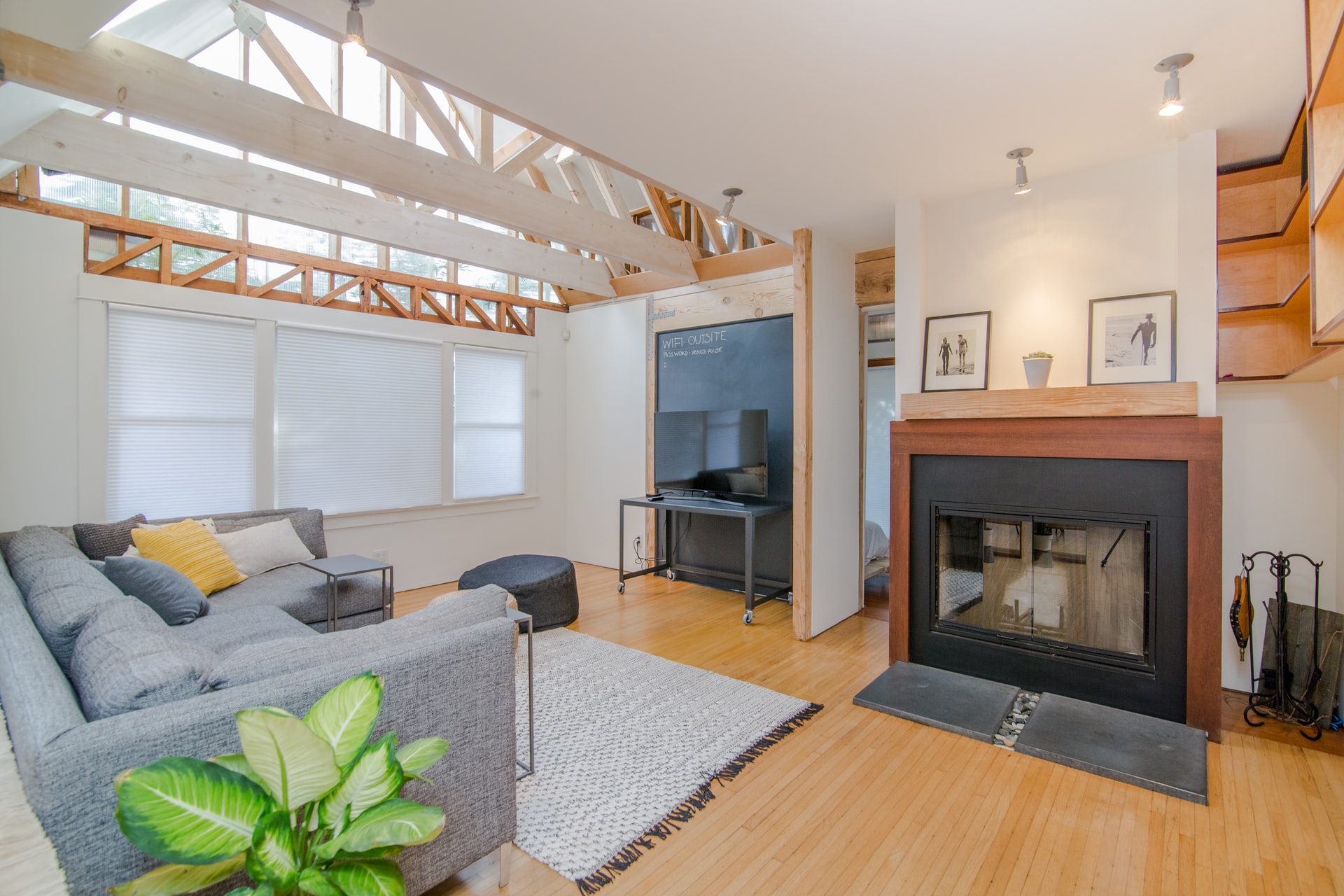Selling your home is a big deal. Getting the best possible price requires careful consideration of the house’s features and knowledge of the selling process.
Whether this is your first or fifth sale, each case is different and each step of the transition should be executed with precision. Here’s how to fine-tune your sales approach.
Step 1: Pick from private sale or estate agent
The most obvious benefit of selling your home privately is saving on costs (agent commission fees, in particular). You are also in charge of the selling process: You have sole discretion of who looks at your home and when, and you have intimate knowledge of the home’s history and the area’s advantages. However, if you are motionally affected by the sale of the home, lack negotiation skills, or have little knowledge of the property market, then it’s best to get an agent who can act in your best interests. Jed Kemery, from Neighbourhood Real Estate successfully manages various sales and rentals in the northern suburbs of Johannesburg and beyond. He explains the importance of the agent’s ability to ‘negotiate an offer from a professional stance’. He also advocates a sole mandate versus listing with multiple agents, to avoid the chance of competing agents arguing over who introduced the buyer to the property: ‘The seller could end up paying double commission if it gets out of control.’
Step 2: Price it right
A property that is poorly priced will take longer to sell. Serious buyers often ask the question, ‘How long has it been on the market?’ Remarketing your property after setting the price too high can be difficult and appear desperate. So, getting the price right from the start is crucial. Jed urges: ‘If your home remains on the market for a longer period of time, it could become overexposed and might sell, eventually, for less than it’s worth.’ For private sellers, property website Private Property advises getting to know the local market by pricing other similar properties in the area, or purchasing a report from a research company such as Lightstone Property. Alternatively, ask your agent to supply a comparative market analysis, and be guided by their advice and experience (that’s why you chose them, after all).
Step 3: Prepare your home
Whatever your relationship with your home over the years, now is the time to dress it up and showcase all of its best characteristics. Jed recommends paying attention to the little things, such as paint peeling off a gutter or fascia board. These are the details that buyers notice, and that can be off-putting if left unattended. ‘Buyers ask the same questions: Are there any leaks? Structural issues? How much can you get for letting out the garden cottage? Do you have building plans and, if so, are they approved by the council? If there are larger items (such as damp), to be fixed, address them before you put your house on the market,’ Jed advocates. ‘Also remember to highlight the unique selling points: solar geyser, heated pool, any gas, a generator, or water tanks.’
Step 4: Shout it from the rooftops
In other words, start marketing your property. Advertise it widely – most significantly, online. Use the major property websites (decent ones have an email or SMS alert when a new posting goes live), and social-media platforms (share the online listing, including photo gallery). There is still a lot to be said for on-show days as well. Serious buyers will dedicate hours to driving around, following pointer boards, and stumbling across real potential. Investing the time to stage your home just the right way (decluttered rooms, mown lawn, sweetly-scented) will pay off when that offer to purchase hits your inbox.
Step 5: Close the offer
Once the right offer comes in and you sign it, it becomes a legally binding agreement. Make sure your conveyancing attorney (referred by your agent, or found yourself if selling privately) advises you on all the legal nuts and bolts of the process, in order to get the property transferred from your name into the buyer’s. This can take up to three months and is quite costly.
Words: Ciska Thurman | Photography: Unsplash





